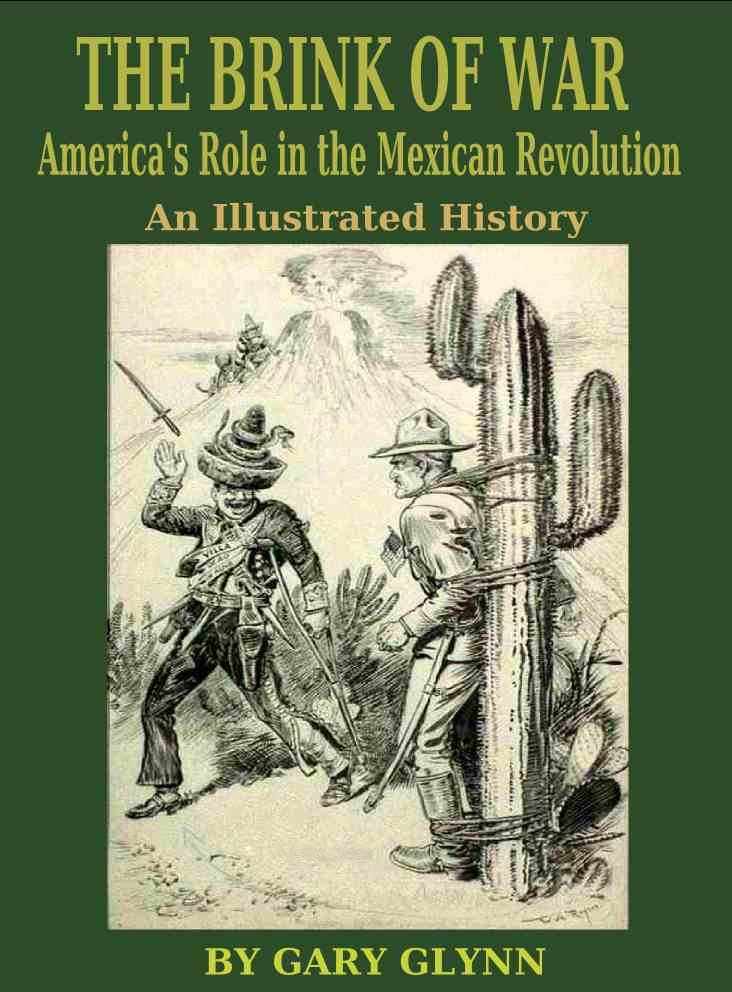The complete story of America’s Role During the Mexican Revolution
Look for it bookstores in 2014!
Published by Big Elk Books

Americans awoke to gruesome front-page photos of bodies lying among burned-out buildings. Politicians and citizens alike were shocked by the first attack on United States soil by a foreign power in more than a century, and they loudly demanded revenge. The White House ordered a massive military retaliation, and within days, American soldiers were scouring the mountains and caves of a hostile land in search of a charismatic guerrilla leader.
Pancho Villa’s raid on Columbus, New Mexico in March 1916 precipitated a year-long Punitive Expedition into northern Mexico with numerous parallels to the ongoing wars in Afghanistan and Iraq.
Pancho Villa was an illiterate and brutal bandit who transformed himself into the magnetic commander of one of the most powerful armies in Latin-American history. Always volatile, Villa felt betrayed when Pres. Woodrow Wilson recognized his rival, Venustiano Carranza, as the legitimate leader of Mexico’s government. On the night of March 9, 1916, an enraged Villa led four hundred horsemen north of the border to attack the sleeping town of Columbus, New Mexico. The startled residents woke to find their streets crawling with gunmen. Every building in town was riddled with gunfire, the business district was burned to the ground, and more than a dozen civilians were killed before the local garrison of the Thirteenth Cavalry rallied and drove Villa’s raiders south of the border.
The news that a foreign army had invaded US soil for the first time since the War of 1812 caused panic from Brownsville to San Diego, and infuriated citizens throughout the nation. The New York World wrote, “Nothing less than Villa’s life can atone for the outrage,” while publisher William Randolph Hearst urged that the American flag be raised over all of Mexico, “as the symbol of the rehabilitation of that unhappy country and its redemption to humanity and civilization.”
Within days, General John J. Pershing led 10,000 soldiers on a fruitless expedition deep into Mexico. Using motor vehicles, airplanes and radios in the field for the first time, Pershing and his men scoured the Chihuahua countryside for almost a year. The US Punitive Expedition enraged Mexicans of every political persuasion, and US Army troops fought several pitched battles with Carranza forces. By June the entire US National Guard had been mobilized to protect the border. Although full-scale war with Mexico was narrowly averted, the US incursion caused lasting damage to Mexican-American relations.
More than one hundred of the Columbus raiders were killed in subsequent battles, but Pancho Villa himself was never caught. Although the Punitive Expedition failed to bring Villa to justice, it proved an invaluable training opportunity as the US Army prepared for a much larger conflict in Europe.
Pershing and his troops were recalled from Mexico just before the US entry into the First World War in 1917. Based on his experience in Mexico, General Pershing was given command of the American Expeditionary Force in France. Villa continued his struggle to rule Mexico until his assassination by rivals in 1923.
Read more about the Columbus Raid
Read about the First Aero Squadron
Read about the U.S. invasion of Veracruz

